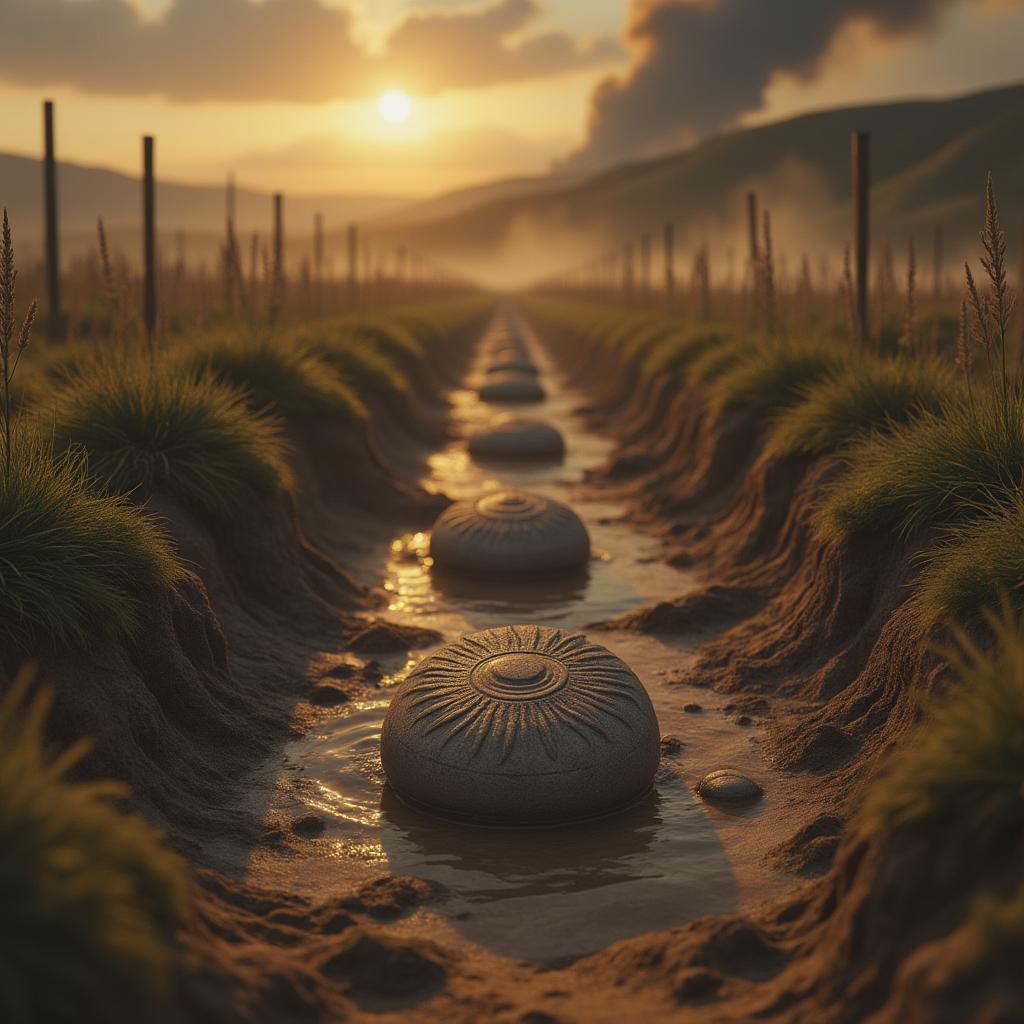
Imagine living 5,000 years ago, when the sun suddenly dimmed, crops failed, and the world turned colder. That’s exactly what happened in Northern Europe around 2900 BC, and a new study suggests that ancient people responded by burying mysterious “sun stones” as part of a ritual.
These small, carved stone discs were first discovered in Denmark in the 1990s. Many feature designs resembling the sun, with rays branching out from a central circle. Others show patterns that look like plants or crops. Hundreds of these stones were found buried in ditches at two ancient sites on the island of Bornholm.
Researchers now believe these stones were buried around the same time a massive volcanic eruption darkened the skies and caused a sudden drop in temperatures. Evidence from ice cores, tree rings, and sediment layers points to a major eruption around 2900 BC. The event likely led to widespread crop failures and hardship for Stone Age farmers who depended on the sun for their survival.
“This climate event must have been devastating for them,” said one expert involved in the study. The sun stones, which were not typical of the culture’s art, may have been carved as a way to honor the sun or even as a symbolic plea for its return.
The stones were buried in ditches, possibly mimicking the way seeds were planted in fields. This act might have been a communal ritual to encourage the sun to shine again and restore the harvest.
While the exact location of the volcano remains a mystery, the discovery raises fascinating questions about how ancient people understood and responded to natural disasters. Were these sun stones part of a larger religious movement? Could they have influenced later sun-worshipping cultures, like those behind Stonehenge?
For now, the sun stones of Bornholm offer a glimpse into how our ancestors coped with a world turned upside down—and how they sought to bring light back into their lives.
